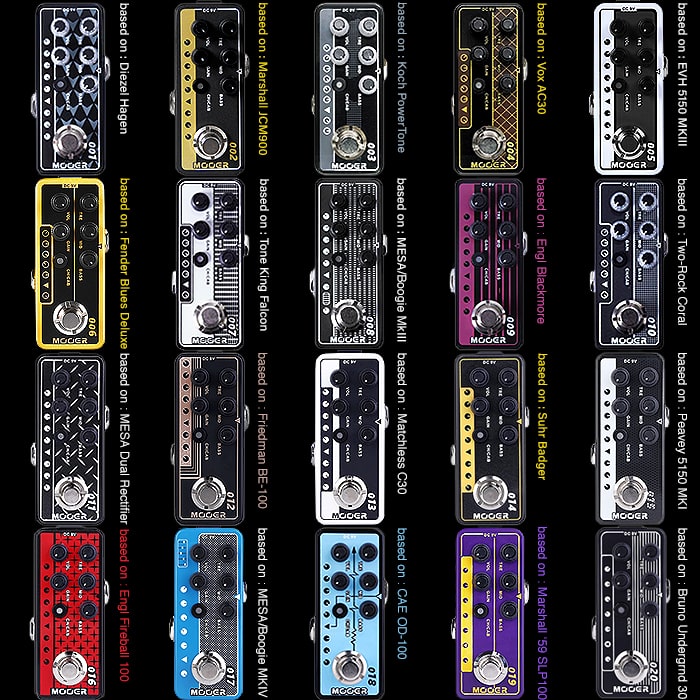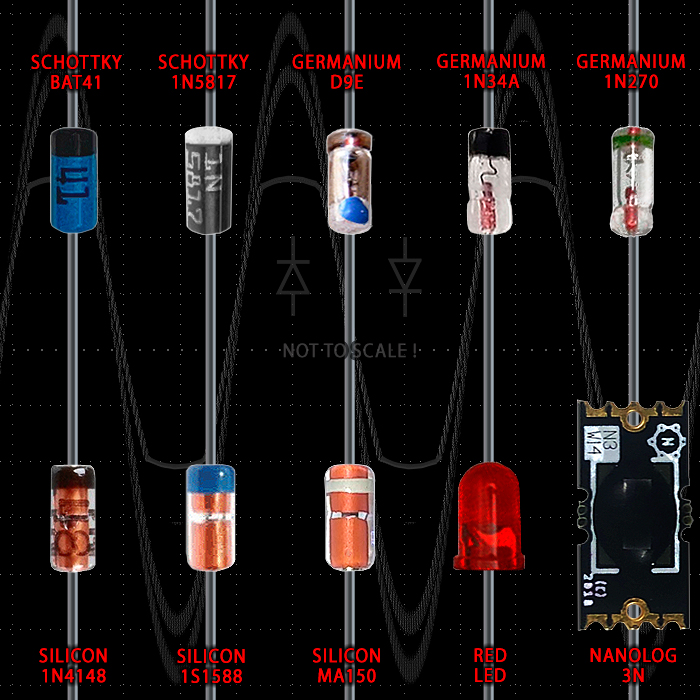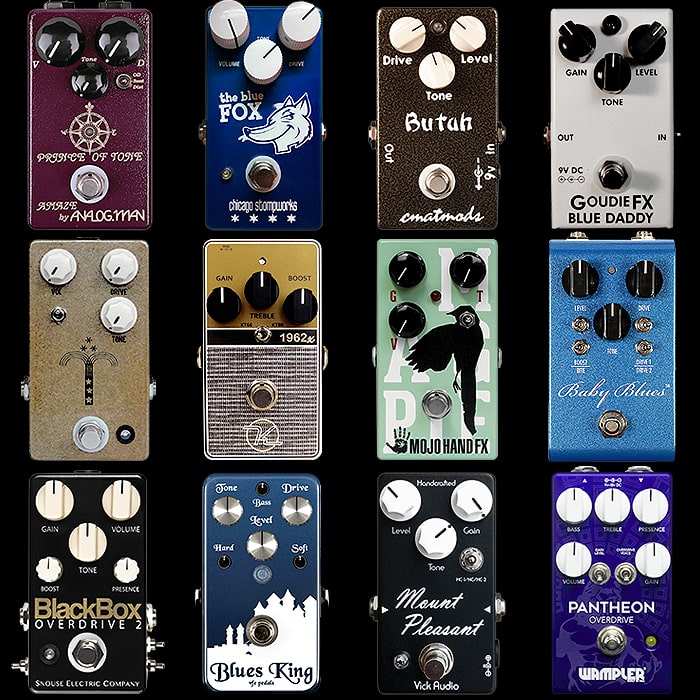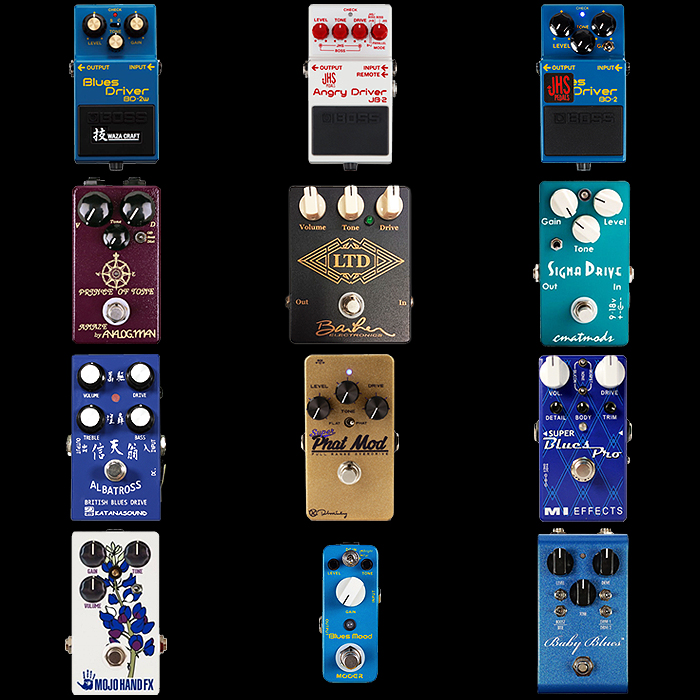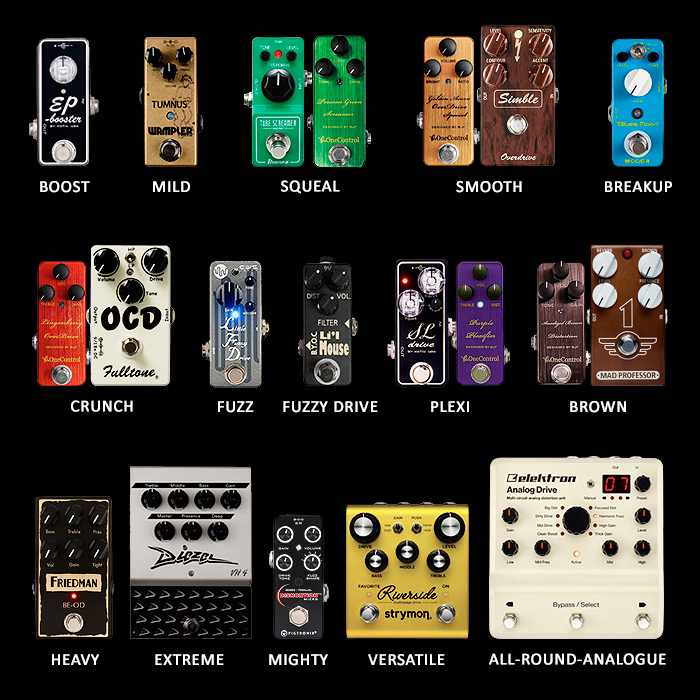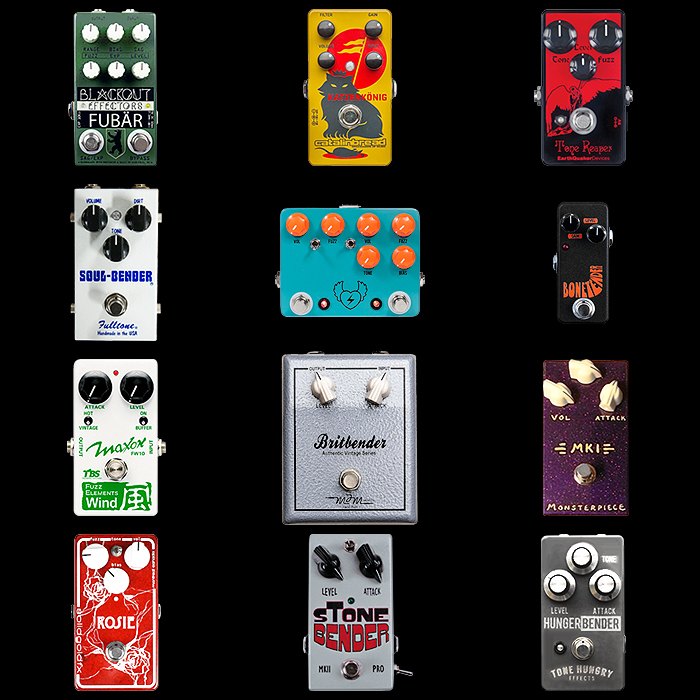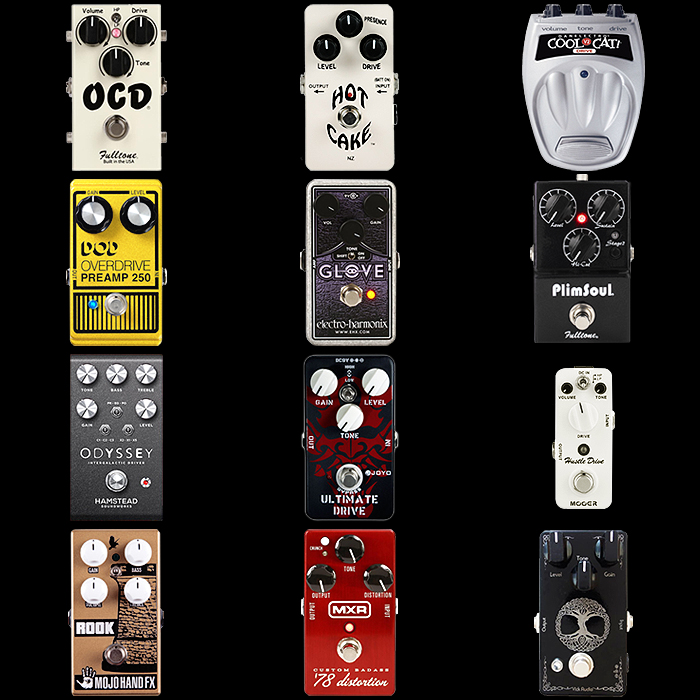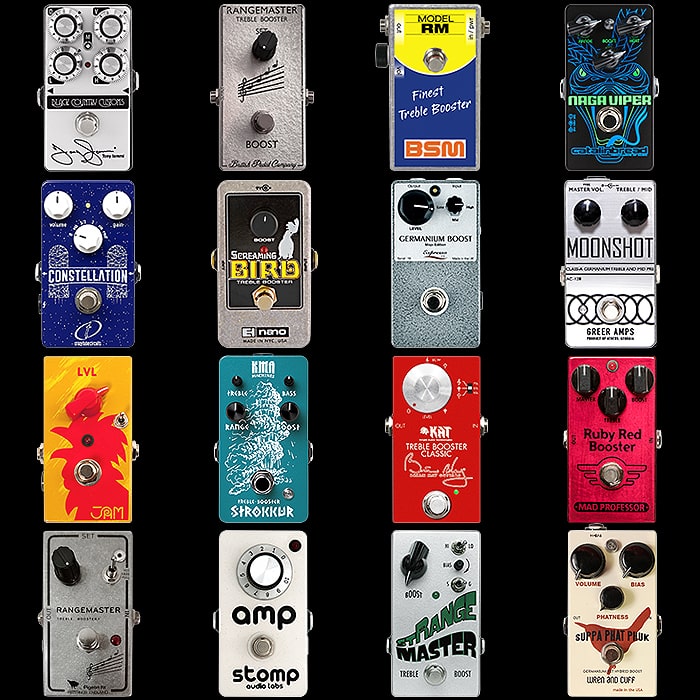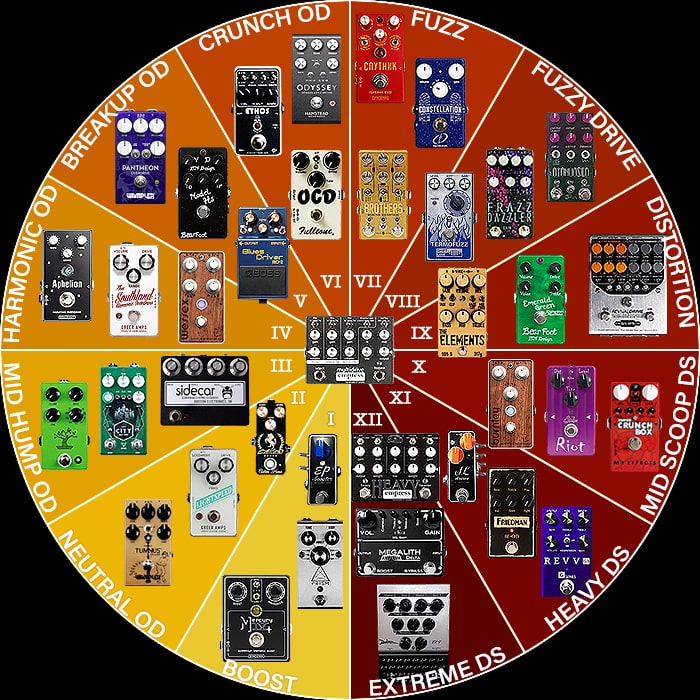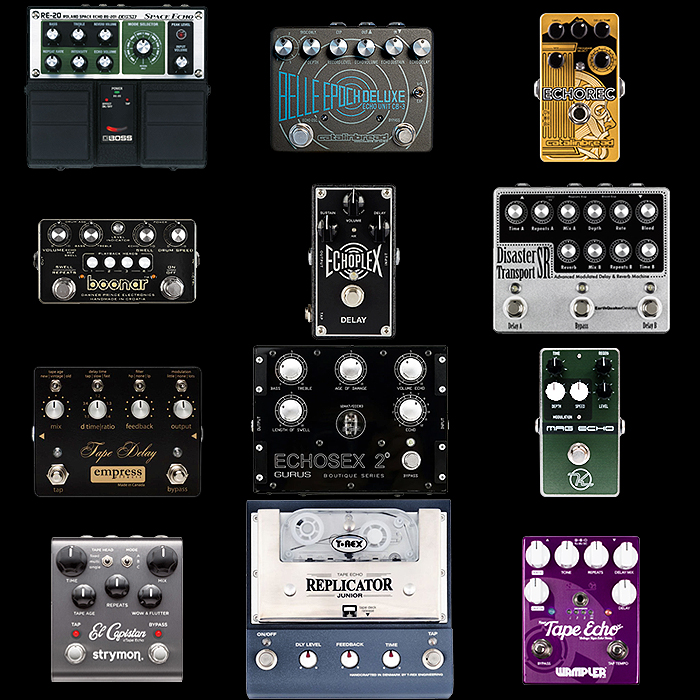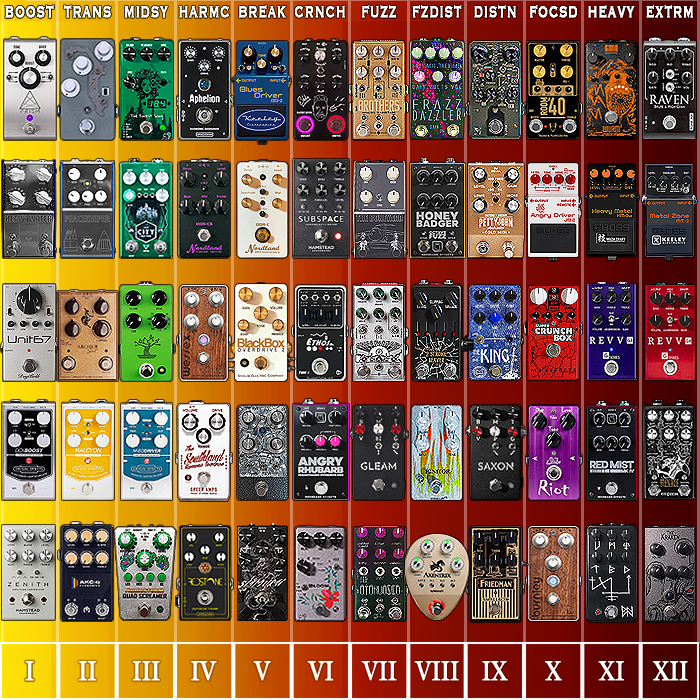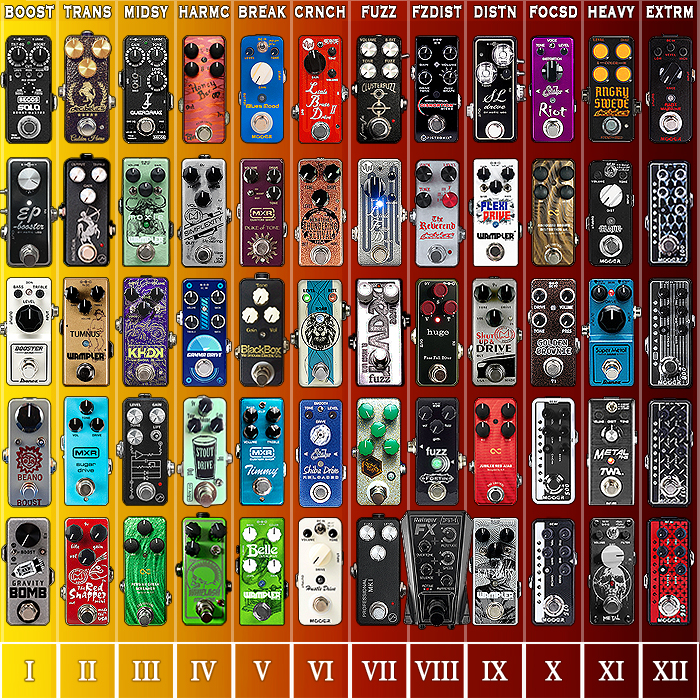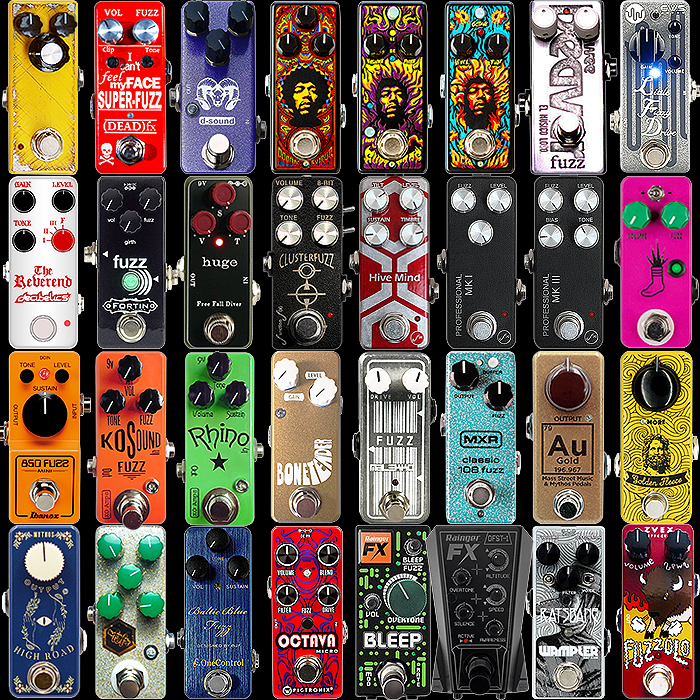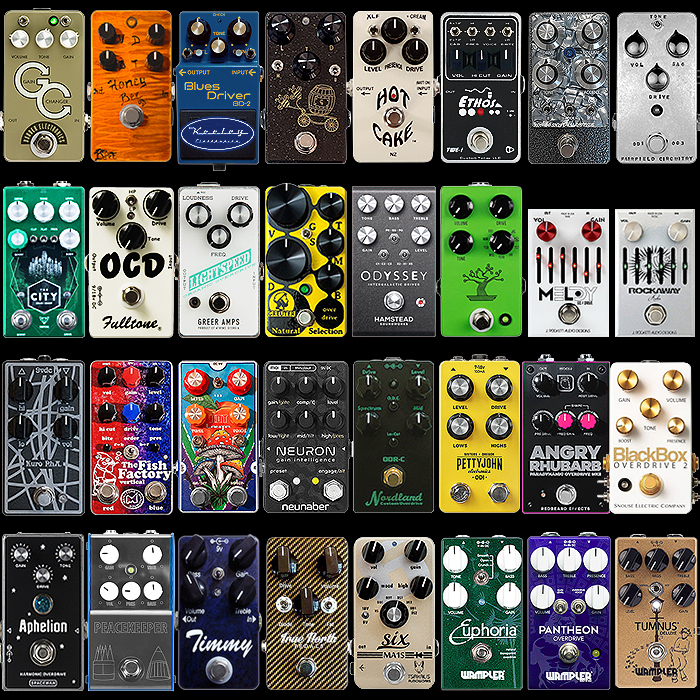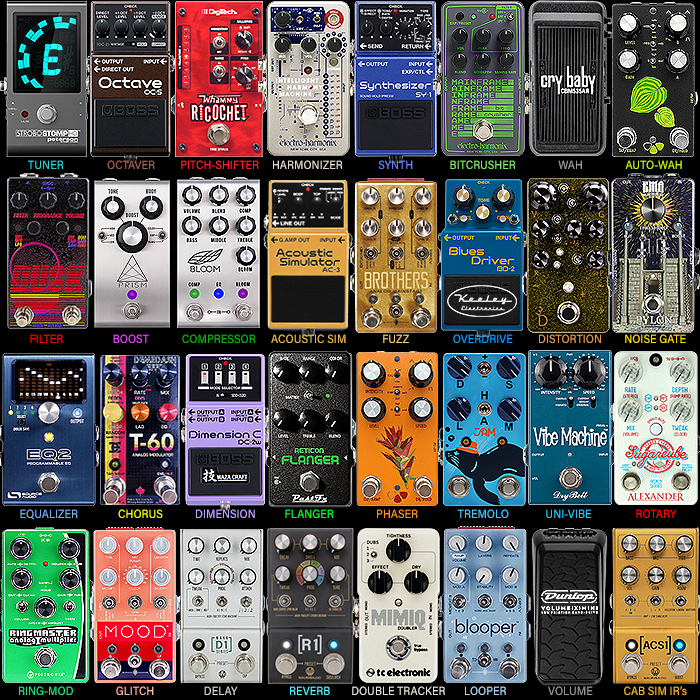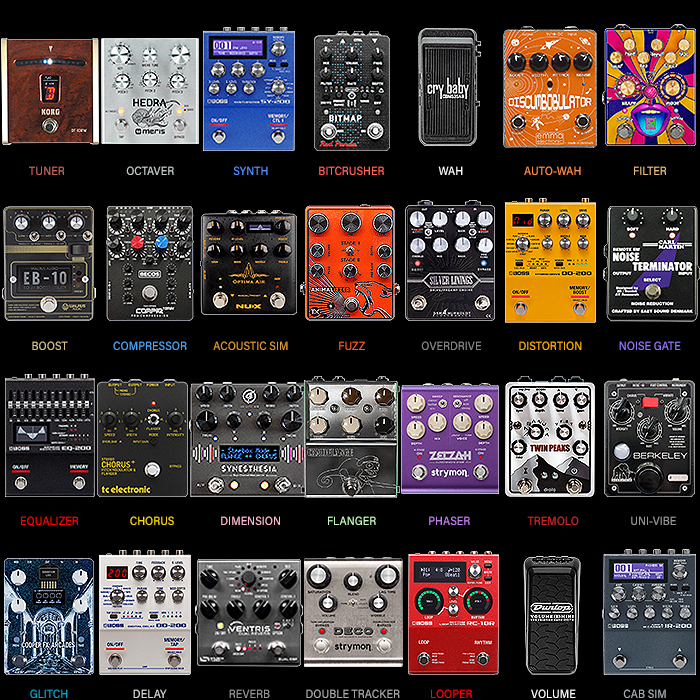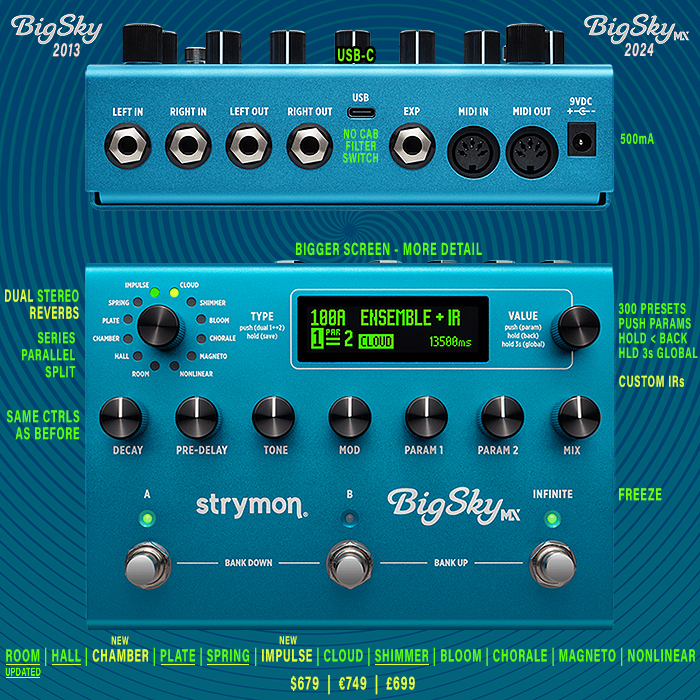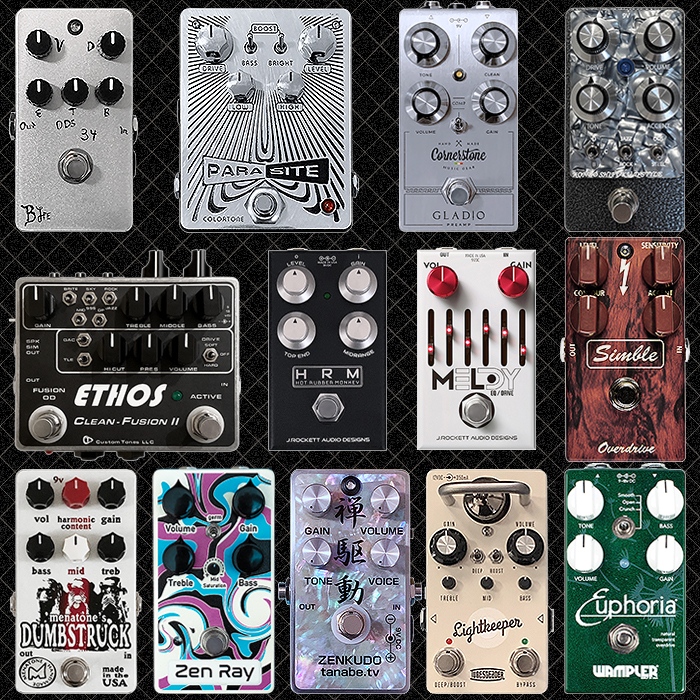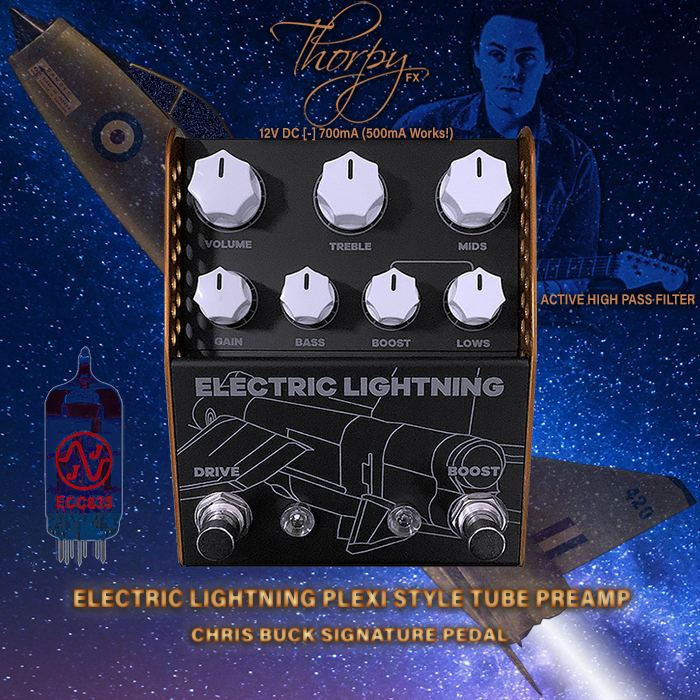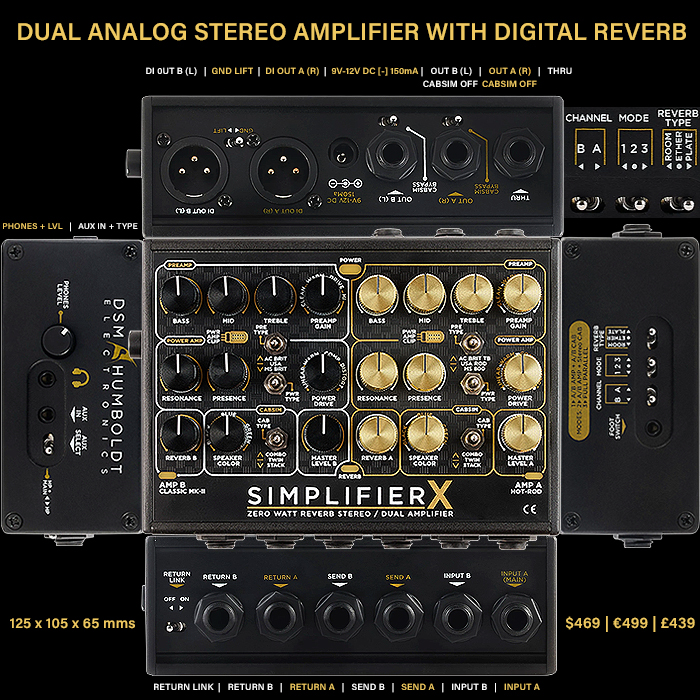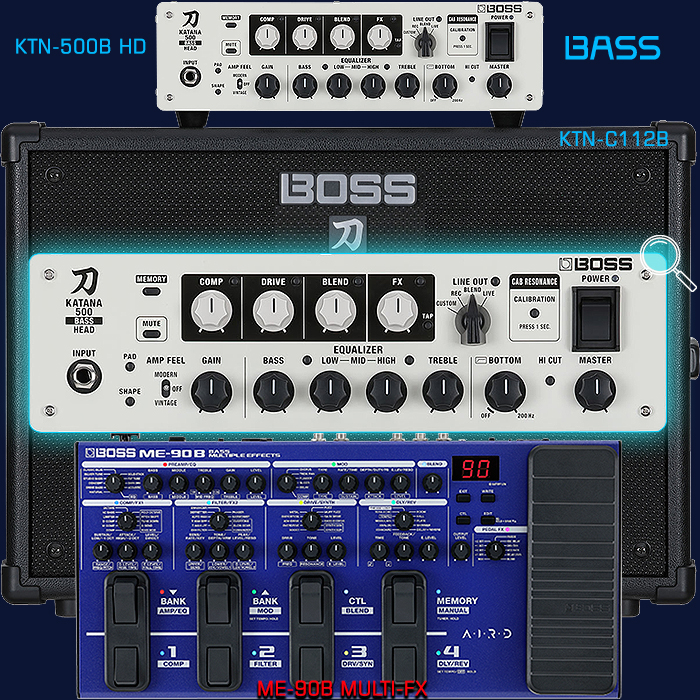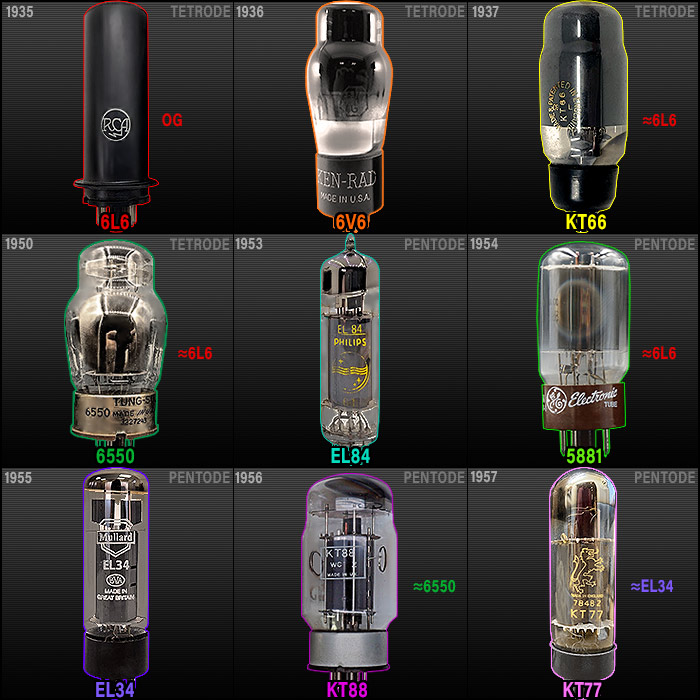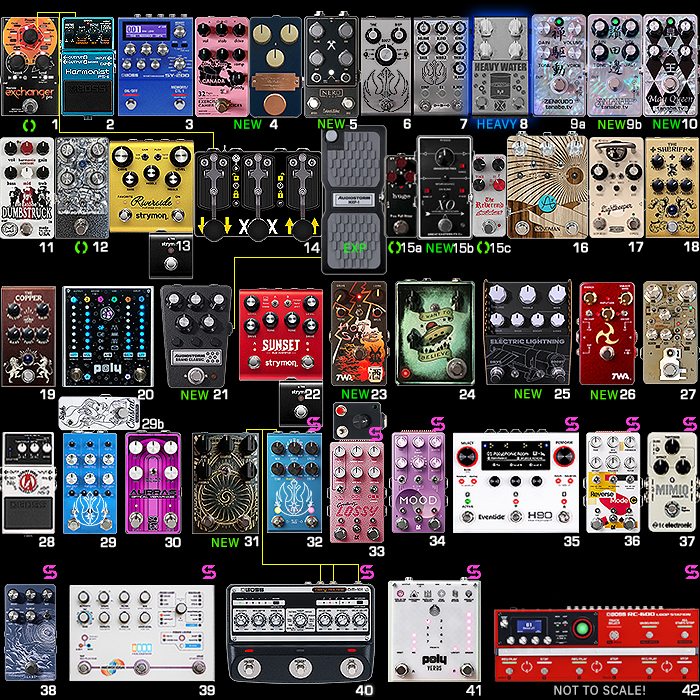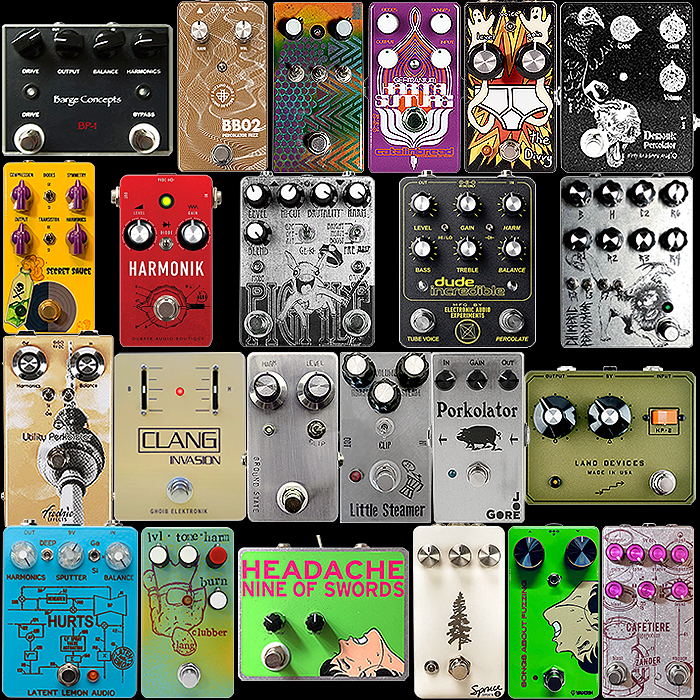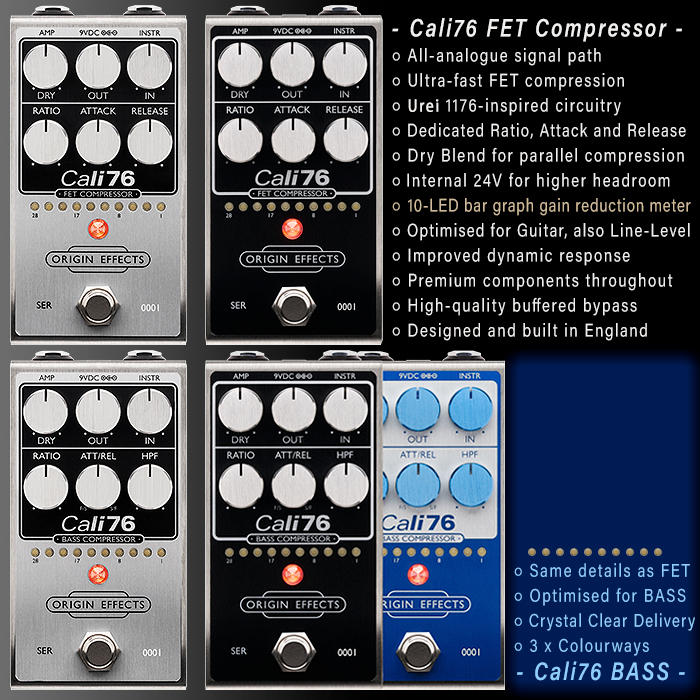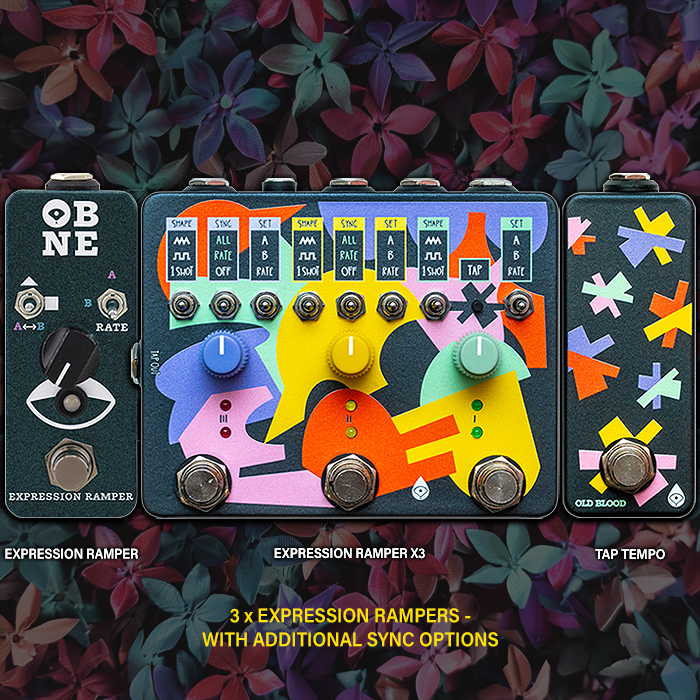Which are the Best of the Mooer Micro PreAmp Pedals?
With the last couple of pedals in the series due to be released this week in theory, I thought it opportune to do a proper overview of the Mooer Micro PreAmp series / range. I am a fan of Mooer pedals in general and have a handful in my collection - albeit none in the current active pedal-chain, but I have always been really impressed with the Black Secret, Blues Mood, E-Lady, Hustle Drive and Trelicopter in particular. In any case, when these pedals were first released there was a slew of just...
A Brief Hobbyist Primer on Clipping Diodes
So this post came about due to my sometimes confusion between Soft and Hard Clipping, Symmetrical and Asymmetrical Clipping and the individual clipping characteristics of different Diodes. In my earliest pedal years I took the type of Diode to be the essential constituent of the clipping degree and texture versus the actual circuit and diodes arrangement. Phrases like ’Soft Clipping Germanium’ also confused me for eons - as it’s actually the methodology which principally defines the nature of ...
12 of the Best Compact Bluesbreaker-style Pedals
This is essentially the last piece I will do in a while on the Wampler Pantheon - which I am so enchanted by currently. I honestly feel it’s Brian’s best pedal to date, and I was a huge fan of both the versions of Tumnus and Euphoria. The Pantheon comes into a pretty crowded arena where there are already a number of stellar pedals present.
There’s a lot of debate about whether a pedal is a clone of a certain circuit which I always find kind of overly academic - and I ...
12 of the Best Blues Driver Style Pedals
So within my pedal chain I have 4 key low-to-mid-gain overdrives ranging from Klon Style, to Tube Screamer Style, to Dumble Style and onto Blues Driver type - the way I have it each gets progressively gainier, in fact I have a 5th medium gain overdrive - which used to be an OCD, but has now been displaced by the Hamstead Intergalactic Driver. The idea is to have the most suitable pedal in each slot - one that combines superb dynamics, tone, versatility and smart form factor and features.
...
12 Degrees of Saturation - Key Guitar Overdrive, Fuzz and Distortion Sounds
Note - New and Revised Article - [Here]
So another chapter of the Tone Quest is nearing its momentary end-point. In the ongoing efforts to arrive at the perfect Tone, I’ve been spending an inordinate amount of time experimenting with and researching overdrives, fuzzes and distortions. Being somewhat eclectic in my tastes, there are a number of the deemed key / core sounds I like. Some players sit squarely within ’Blues’, ’Rock’ or ’Metal’ or ...
12 of the Best Tone Bender Style Fuzz Pedals
Before this current fuzz tone quest, I was not that familiar with the Tonebender style of fuzz and its 5 different iterations - MKI, MK1.5, MKII, MKIII and MKIV - much like the Fulltone OCD - each version sounding different to the other. This is a rather raw sounding fuzz - which I really like, at it’s most aggressive in the MK1 version and then sort of evolved and smoothed out somewhat as it progresses in later versions. I recall seeing these large wedge-shaped pedals in guitar stores - ...
12 of the Best OCD Style Pedals
I will make lots of disclaimers and provisos at the start of this piece. To my mind there are actually relatively few proper quality intended OCD clones - the Joyo Ultimate Drive, Mojo Hand FX Rook, Mooer Hustle Drive and Vick Audio Tree of Life amongst them. The rest here all have significant overlap and share certain aspects of the OCD tone although not necessarily the whole frequency range / a direct correlation.
When I acquired the Hamstead Odyssey Intergalactic Driver shortly ...
16 of the Best Compact Treble Booster Pedals
This feature was inspired by two recent events - firstly I came across a mention of the new Knight Audio Technologies’ Brian May Classic Triple-Mode Treble Booster, and secondly - Pete Thorn this last Thursday released a really smart video on the use of Treble Boosters. Pete featured 4 such pedals - the 65 Amps Colour Boost, Crazy Tube Circuits Constellation, Divided by 13 Dyna Ranger, and the rather huge Pete Cornish TB-83 Extra Duplex Treble Boost. Of those 4, I actually already have ...
12 Degrees of Saturation - Key Guitar Boost, Overdrive, Fuzz and Distortion Sounds - Updated Methodology for 2018
UPDATE - Based on feedback and input I’ve tweaked some of the pedal placements - the core methodology still stands, while relatively positioning of certain pedals can be fairly nuanced!
This subject matter has become the most popular of all the different articles I’ve posted. And the original piece went up in February 2017 - so I felt it was opportune to revisit, review and revise that original methodology. I’ve tried to strip out the more branded naming conventions ...
12 of the Best Tape Delay Pedals for your Consideration
There have been 3 legendary analogue tape-style delay engines that everyone agrees on:
- Binson Echorec 2 (1961-79)
- Maestro Echoplex EP-3 (1970 - 1991)
- Roland RE-201 Space Echo (1974 - 1990)
All those 3 have a significant influence and impact on many if not most of those featured here - which are either direct simulations of those former classics, or pay some sort of lip-service to them. T-Rex have a full-size faithful modern reproduction of the Echorec in the works which is imminent for ...
 Stefan Karlsson
Stefan Karlsson